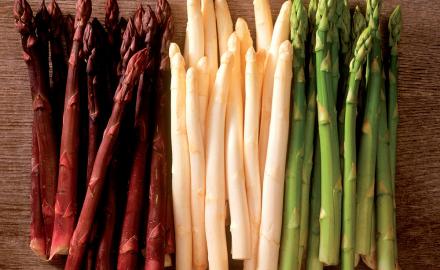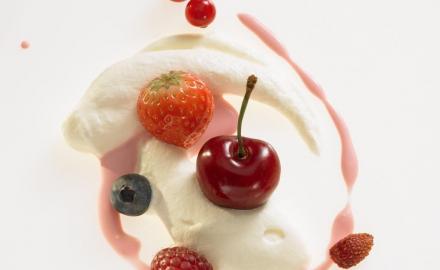Mustard
MANUFACTURING SECRETS
We have been eating mustard since the Antiquity. The culinary treaty De re coquinaria mentions it in the 4th century. In the Middle
Ages, mustard acts as a replacement for pepper, much more expensive at the time. It is only during the Renaissance that it becomes synonym with refinement and wealth. Handmade until mid-19th century, mustard is manufactured mechanically since the industrial revolution. After being cleaned, the grains are flattened to fully soak in the vinegar or verjuice, then soaked and kneaded. During this
step, allylsenevol appears. It is the essential oil bringing mustard’s spicy touch. The grinding is next, then the sieving. After being
stocked, the paste is kneaded for the best homogenisation. Nowadays, only a few manufacturers maintain the practice of grinding with a grindstone. It is a guarantee of quality as it preserves the taste qualities of the paste at its best.
MUSTARD AND TERROIR
Since 2009, a European label of protected quality, “Burgundy Mustard” (origin France)—Protected Geographical Indication (PGI)—,
guarantees a Burgundy manufacturing solely made with products from the Burgundy terroir. However, Dijon mustard is not a registered
designation of origin. This name refers to a manufacturing process.
MUSTARD IN THE WORLD
Traditional of Northern Italy, mostarda is made from candied fruits spiced with a drop of mustard oil. It comes with meat, in particular
bollito misto, a typical dish of the region made with veal, tongue and prime beef rib, chicken and cooked salami. In Japan, wasabi
is used to lift the flavours of dishes. Strong and spicy, this condiment— very close to mustard (it is also from a plant of the Brassicaceae family) —is used in dishes of fish, meat and in the preparation of pastries and sweets.
MUSTARD AND CHEFS
Mustard Rabbit is one of French gastronomy’s classics. Many chefs such as Alain Ducasse or Bernard Loiseau have featured their interpretation. In Singapore, Chef Shinji Kanesaka only uses fresh wasabi to raise the flavour of his exceptional sushi. Aside from its use in sauces or marinades and in presentations with mustard flower, chefs do not hesitate to play the boldness card by using mustard in desserts. Éric Briffard—Executive Chef and Culinary Arts Director at the school Le Cordon Bleu—has most notably
lifted the flavour of garrigette strawberries with a raspberry basil mustard. Trendy, mustard is also associated with mixology. On the
occasion of the 2016 Taste of Paris, French barman Frédéric Le Bordays presented Fleur de lys, a mustardflavoured cocktail made of mustard Pernod ® absinthe. Subtle and surprising!


